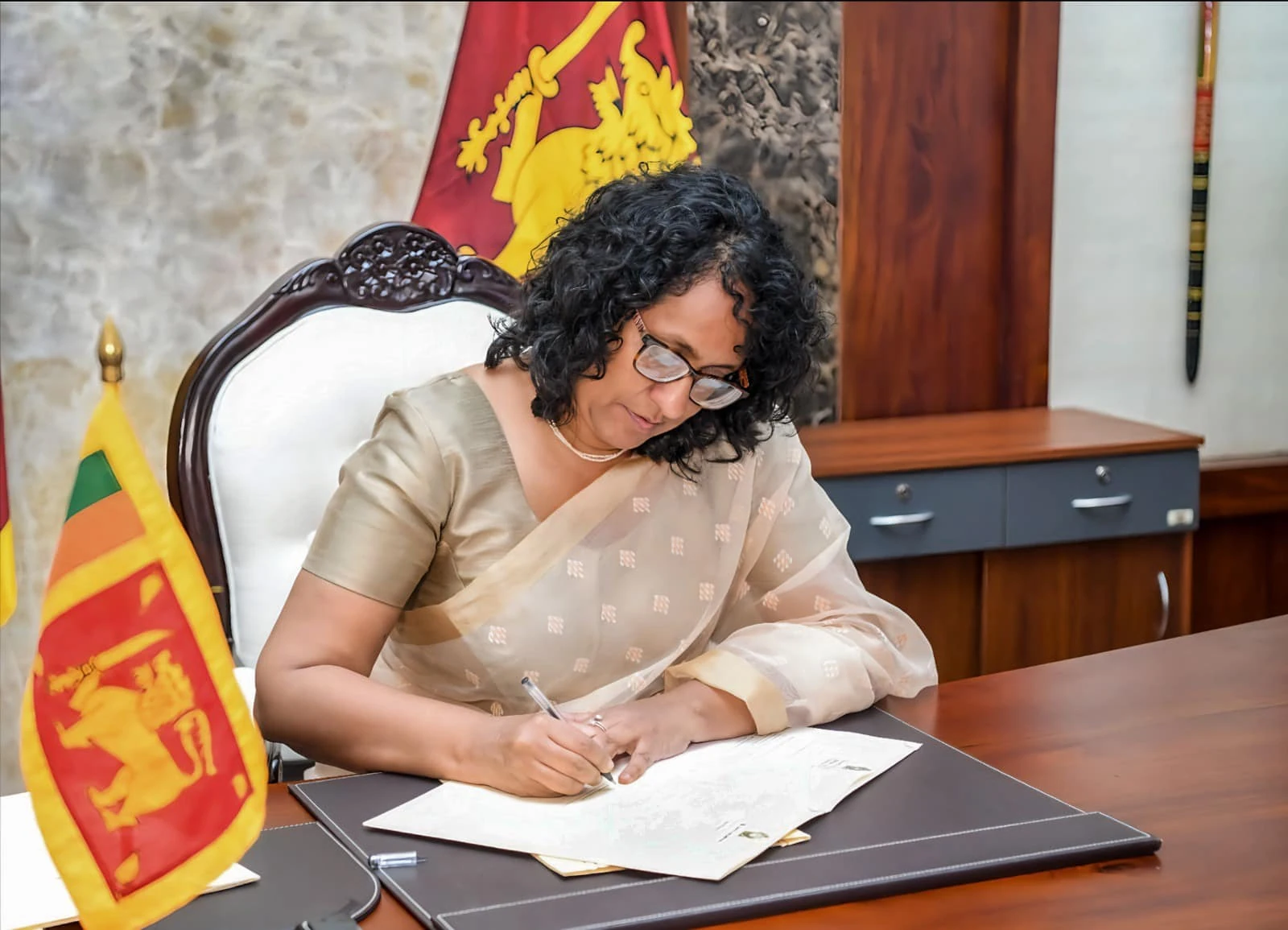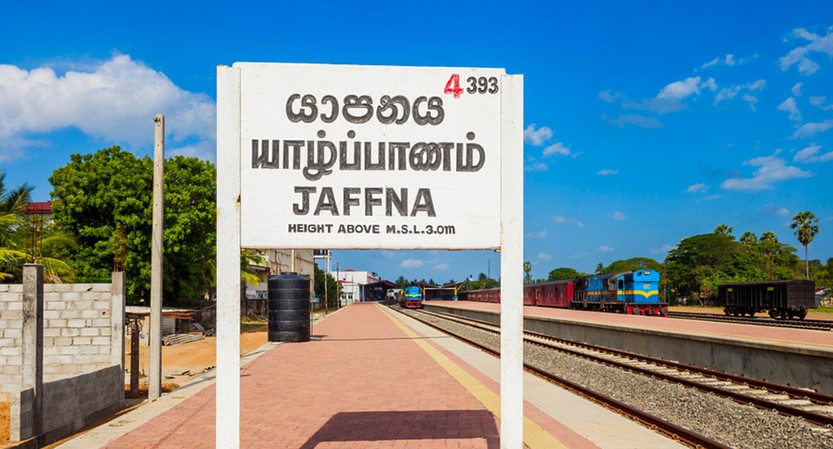Sri Lanka’s Religious Population in 2023

Sri Lanka is a multi-ethnic and multi-religious country located in South Asia. The country’s religious population is diverse and includes followers of Buddhism, Hinduism, Islam, Christianity, and other religions. In this article, we will examine the religious populations of Sri Lanka and their distribution across the country.
Buddhist Population in Sri lanka 2023
Buddhism is the largest religion in Sri Lanka, with 70.2% of the population identifying as Buddhists. This equates to approximately 13.7 million people. Buddhism was introduced to Sri Lanka in the 3rd century BCE, and it has had a significant impact on the country’s culture and history. The majority of Sri Lanka’s Buddhist population is concentrated in the central, western, and southern provinces.
Hindu Population in Sri lanka 2023
Hinduism is the second-largest religion in Sri Lanka, with 12.6% of the population identifying as Hindus. This equates to approximately 2.5 million people. Hinduism was introduced to Sri Lanka during the 10th century CE, and it has been practiced in the country ever since. The majority of Sri Lanka’s Hindu population is concentrated in the northern and eastern provinces.
Islam Population in Sri lanka 2023
Islam is the third-largest religion in Sri Lanka, with 9.9% of the population identifying as Muslims. This equates to approximately 2.2 million people. Islam was introduced to Sri Lanka in the 7th century CE, and it has been practiced in the country ever since. The majority of Sri Lanka’s Muslim population is concentrated in the eastern province, particularly in the districts of Ampara, Batticaloa, and Trincomalee.
Christian Population in Sri lanka 2023
Christianity is the fourth-largest religion in Sri Lanka, with 7.4% of the population identifying as Christians. This equates to approximately 1.5 million people. Christianity was introduced to Sri Lanka during the colonial period, and it has been practiced in the country ever since. The majority of Sri Lanka’s Christian population is concentrated in the western and southern provinces, particularly in the districts of Colombo, Gampaha, and Kalutara.
Other religions, including Buddhism-inspired religions, traditional indigenous beliefs, and others, make up the remaining 0.1% of Sri Lanka’s population.
Population Density in Sri Lanka 2023
In terms of population density, the central province has the highest population density, with approximately 332 people per square kilometer. This is followed by the western province, with approximately 310 people per square kilometer. The northern and eastern provinces have lower population densities, with approximately 89 and 124 people per square kilometer, respectively.
Islam Majority Districts in Sri Lanka
In terms of districts with a majority of Muslims, the districts of Ampara, Batticaloa, and Trincomalee are the most prominent. Ampara has the highest percentage of Muslims, with 37.7% of the population identifying as Muslims. Batticaloa has the second-highest percentage of Muslims, with 36.7% of the population identifying as Muslims. Trincomalee has the third-highest percentage of Muslims, with 28.4% of the population identifying as Muslims.
Hindu Majority Districts in Sri Lanka
In terms of districts with a majority of Hindus, the districts of Jaffna, Kilinochchi, Mannar, Mullaitivu, and Vavuniya are the most prominent. Jaffna has the highest percentage of Hindus, with 98.9% of the population identifying as Hindus. Kilinochchi has the second-highest percentage of Hindus, with 96.3% of the population identifying as Hindus. Mannar has the third-highest percentage of Hindus, with 90.7% of the population identifying as Hindus.
It is important to note that the religious populations of Sri Lanka have been subject to changes and shifts over time, particularly as a result of migration, conflict, and social and political developments. The religious composition of Sri Lanka has also been a significant factor in the country’s history and politics, with tensions and conflicts between different religious groups often playing a role in social and political issues.
In conclusion, Sri Lanka’s religious population is diverse and includes significant populations of Buddhists, Hindus, Muslims, Christians, and followers of other religions. The distribution of religious populations across the country varies by province and district, with some areas having a majority of a particular religious group. Understanding the religious demographics of Sri Lanka is important for understanding the country’s culture, history, and social and political dynamics.



